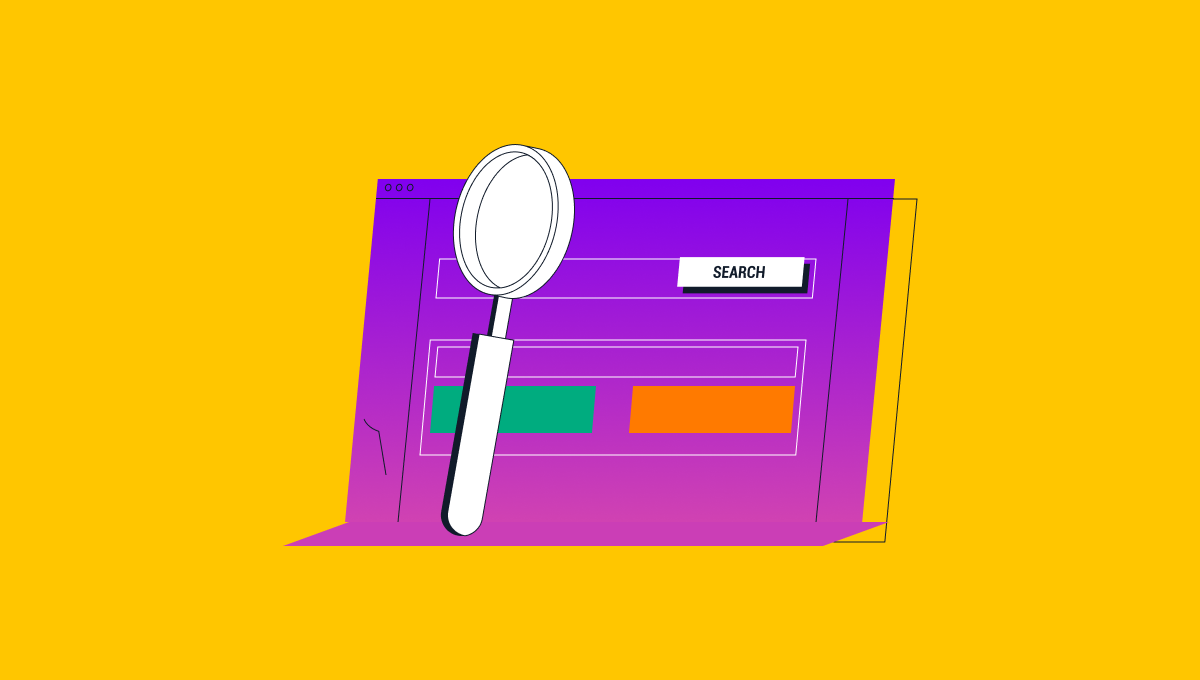How to manage content in headless WordPress?

The best thing a headless CMS can do for content is to effectively future-proof it. Content can be retrieved as long as the API endpoint remains. Instead of focusing on how the back-end administration would feed the front-end design, a headless WordPress means building a developer-focused, API-first framework.
As a result, going headless gives more versatility when it comes to migrating content if necessary, as it would not be as bound by themes and plugins. It also personalizes consumer experiences without having to file a ticket any time, if want to add or modify content from a marketing perspective.
This is a great choice for developers who want to offer apps to both Android and iOS platforms from a similar backend. Websites or applications that use JavaScript frameworks like AngularJS, VueJS, or React are another use case for a headless structure.
Structured content with headless WordPress:
The most significant change imposed by a structured Content Management System like headless WordPress is a step away from organizing content according to a page hierarchy to a system where you can organize content for any reason you want. Avoiding duplicate material has significant benefits in terms of increasing reliability and reducing administrative burden.
Single Maintenance point at headless WordPress
You can create your content once but publish it to many channels, it's a benefit if you only have to change the product description once in one framework, and it changes anywhere the product is visible to the customer.
Although the vendors commonly use the phrase "your website and an app" to explain a particular approach to page layout, you don't have to cross the river to reap the benefits of a well-structured content structure.
Include modern frameworks for added features
With the rise in popularity of JavaScript frameworks, it is becoming increasingly common to create websites as a collection of individual components that can be "loaded" with different content depending on the state and context. It may have a product card that appears in a variety of places in the web app.
Modern web development is moving away from creating documents and pages or towards composing components based on a combination of user feedback, algorithms, and customization.
Trends in web development
The area of content management is ideal for some new ways of thinking, given the current developments in how to design systems are created and how encouraged to work in teams through processes of testing, learning, and iteration. While some trends have appeared, there is still a long way to go.
As a result, based on experience working in teams and projects that emphasize material, and now as part of a team that develops service for it, so propose some strategies that we think can be useful and serve as starting points for further discussion.
Multi-Disciplinary approach
Handing over stale, pixel-perfect pages to a frontend developer whose job it was to implement the template is a thing of the past.
Components based designs
You now create design systems using headless WordPress and ReactJS based SSGs like Gatsby that are made up of smaller components that are arranged in compositions of multiple states right out of the box. These components must often withstand user-generated feedback, which means that the faster you incorporate live content into the process, the better.
A frontend developer's function is not to reproduce a graphic designer's vision, it is to manage a complicated field of how browsers make HTML, CSS, and JavaScript, ensuring that user interfaces are responsive, usable, and performant.
Redesign strategy
You will want to be able to adjust and alter the navigation structure of your website quickly and easily, without having to rebuild the entire content infrastructure or challenge a rigid folder-like interface. You will also want to be able to provide a content hierarchy because it makes sense sometimes, and sometimes it goes deeper than two levels, where most API-first CMSs' interfaces perform poorly.
Content hierarchies serve a variety of purposes in various channels, but they often serve as a means of navigating via content. Making styles for navigation, where content can organize by references and either create routes for web pages, menus, or paths for conversational interfaces, is one way of doing it.
Categories
- Headless WordPress Themes